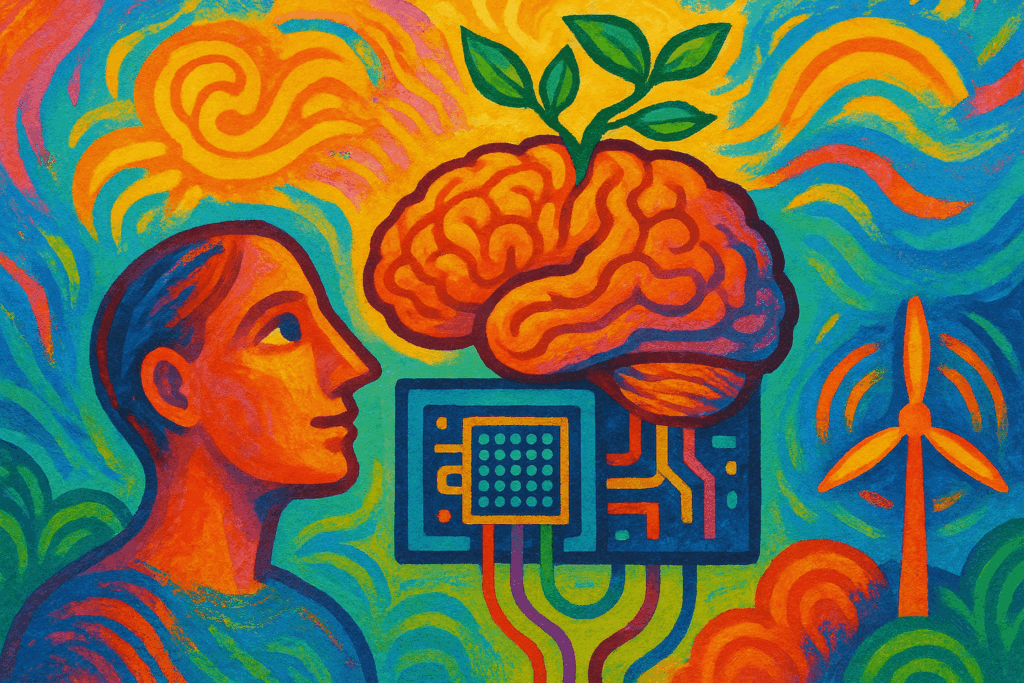AI, Digital Twins, and Green Tech: Powering Efficient Infrastructure
Addressing the growing demand for sustainable development, energy infrastructure must evolve to meet climate goals. Artificial intelligence, digital twins, and green technologies offer a pathway to smarter, more energy-efficient systems worldwide.
Intelligence and Simulation for Energy Optimization
Artificial intelligence applies predictive analytics and real-time data analysis to optimize energy consumption across multiple infrastructure sectors, from utilities to transportation hubs. Digital twins, virtual replicas of physical systems, work alongside AI by simulating real-world conditions and predicting system behavior. This combination allows operators to identify inefficiencies and forecast performance under various scenarios. For example, Singapore’s smart city initiative uses digital twins integrated with AI algorithms to monitor energy flows and reduce wastage, demonstrating how advanced simulation supports sustainable urban management.
Integrating Sustainable Design and Green Solutions
Modern infrastructure increasingly incorporates renewable energy sources such as solar and wind to reduce carbon footprints. Sustainable building materials and designs that adapt to local climate conditions enhance resilience and energy savings. Decentralized energy models, including microgrids, enable localized control and greater reliance on renewables, improving stability and sustainability. These approaches are becoming foundational for infrastructure that responds effectively to environmental challenges.
The Future: Smart Grids and Circular Principles
Smart grids leveraging AI and the Internet of Things facilitate dynamic demand response and optimize renewable energy integration. These systems enable real-time balancing of supply and demand, reducing losses and fostering reliability. Alongside, circular economy concepts are gaining traction by prioritizing material reuse and minimizing waste within infrastructure lifecycles. Such principles aim to create sustainable value chains that complement technological advancements.
The fusion of AI, digital twins, and green technologies is shaping energy infrastructure toward greater efficiency, adaptability, and sustainability. Embracing these innovations supports global efforts to achieve low-carbon targets and resilient energy systems for the future.




